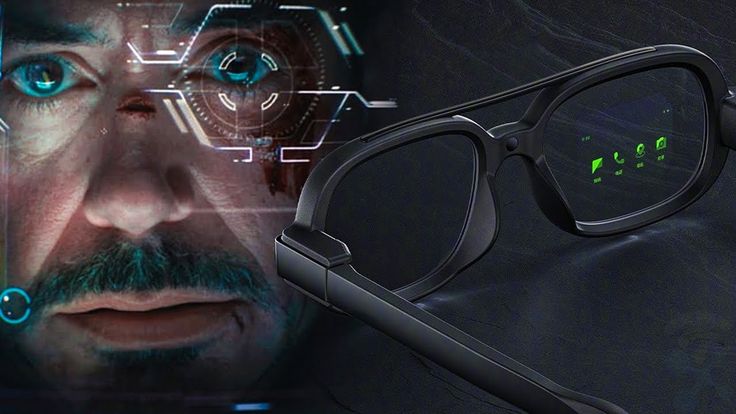Smart Glasses: The Future of Wearable Technology

Introduction
Technology is constantly evolving, and one of the most fascinating innovations in recent years is smart glasses. These futuristic eyewear devices are not just for vision correction or fashion—they are intelligent, wearable gadgets that combine augmented reality (AR), connectivity, and computing power into a single, stylish frame. As tech giants and startups alike race to develop the next generation of smart glasses, it’s clear that this innovation is more than just a trend—it’s the future of how we interact with digital information in the real world.
What Are Smart Glasses?
Smart glasses are wearable devices that look like regular eyeglasses but come equipped with advanced technology such as cameras, microphones, displays, sensors, and internet connectivity. They can display information directly in your line of sight, respond to voice commands, take photos and videos, and even track your health or surroundings.
Think of them as smartphones you can wear on your face—hands-free, intuitive, and interactive.
Key Features of Smart Glasses
-
Display Integration
Smart glasses often feature a micro-display or heads-up display (HUD) that shows digital content right in front of your eyes, such as maps, messages, or notifications. -
Augmented Reality (AR)
Some smart glasses use AR to overlay digital elements on the physical world. For example, they can identify landmarks, translate text in real time, or assist in surgery or industrial work. -
Voice and Touch Control
Many models allow users to operate them using voice commands or by tapping the frame. This hands-free functionality is a major advantage for multitasking. -
Cameras and Audio
Built-in cameras allow for photo and video capture, while speakers and microphones support calls, audio playback, or virtual assistants like Google Assistant or Alexa. -
Connectivity
Smart glasses typically connect to your smartphone or Wi-Fi network, allowing real-time updates, cloud sync, and app integration.
Popular Smart Glasses Brands
Several major companies have entered the smart glasses market:
-
Meta Ray-Ban Smart Glasses
A collaboration between Meta (Facebook) and Ray-Ban, these stylish glasses offer hands-free video recording, calls, and voice commands. -
Google Glass Enterprise Edition
Originally launched for consumers, Google Glass has found success in industries like manufacturing and healthcare, offering AR-powered instructions and video support. -
Vuzix Blade
These AR smart glasses cater to enterprise users with real-time data display, camera recording, and app integration. -
Xreal (formerly Nreal)
Focused on AR experiences, these smart glasses can connect to smartphones and offer immersive gaming or video playback.
Benefits of Smart Glasses
-
Enhanced Productivity
Professionals like surgeons, engineers, and warehouse workers use smart glasses to access real-time information without looking away from their tasks. -
Navigation and Communication
Smart glasses can provide turn-by-turn directions while walking or cycling, and allow users to make calls or send messages without touching their phones. -
Hands-Free Content Creation
For vloggers or journalists, smart glasses make it easy to capture point-of-view (POV) videos without carrying extra equipment. -
Accessibility and Inclusion
Smart glasses can help people with visual or hearing impairments by reading out text, providing captions, or guiding them through spaces. -
Fitness and Health Tracking
Some smart glasses come with motion sensors or biometric tools that monitor activity, posture, or eye fatigue.
Challenges and Limitations
Despite the excitement, smart glasses also face some hurdles:
-
Battery Life
Due to their compact size, most smart glasses have limited battery life, especially with continuous display or camera use. -
Privacy Concerns
The ability to record video discreetly raises questions about surveillance and consent. -
Design and Comfort
Some models are bulky or have noticeable technology components that make them less fashionable or comfortable. -
High Cost
Advanced smart glasses can be expensive, limiting accessibility for average consumers. -
Limited App Ecosystem
Compared to smartphones, smart glasses currently support fewer apps and functions.
The Future of Smart Glasses
As technology advances, smart glasses are expected to become more lightweight, stylish, and powerful. The integration of AI (Artificial Intelligence), 5G, and cloud computing will further enhance their capabilities. In the future, smart glasses could:
-
Replace smartphones as primary communication devices
-
Become essential tools in education, remote work, and healthcare
-
Offer immersive AR gaming and entertainment
-
Integrate with smart home and IoT devices
Apple, Samsung, and other major tech companies are rumored to be working on their own versions of smart glasses, indicating that the competition (and innovation) is far from over.
Conclusion
Smart glasses are no longer science fiction—they’re real, functional, and rapidly evolving. Whether used for work, fitness, entertainment, or accessibility, these devices offer a glimpse into a future where digital and physical realities blend seamlessly. As prices drop and technology matures, smart glasses could soon become as common as smartphones, transforming how we see—and interact with—the world.










